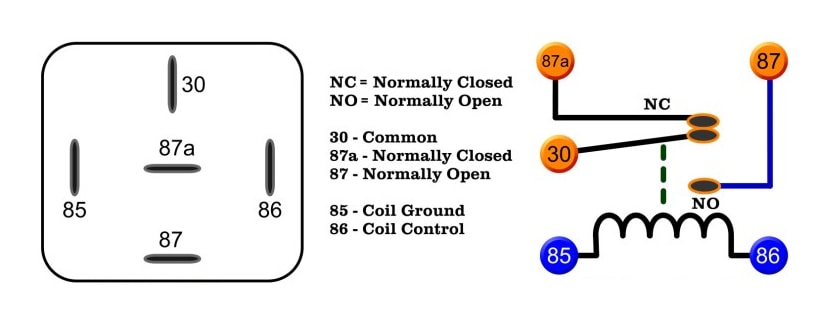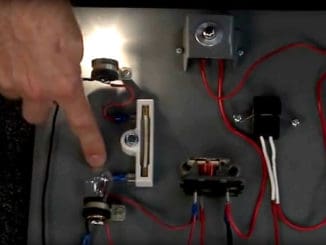
30, 85, 86, 87, 87a — but why?
Why not one, two, three, four, five? Well, they do sometimes. In this video, Tool Demos answers that “why” question and take a close look at these terminals to see how they work and how we can remember which one does what so that you don’t have to look up a wiring diagram when doing a simple install or diagnostic.
To answer the question in two words: Bosch and DIN. Bosch has been making vehicle electronics for decades, and they happen to be a German company. During the industrial revolution in Germany, a group of engineers formed the DIN (Deutsches Institut für Normung) or the German Standards Institute. This institute came up with standards for various industries, including automotive.

One of those standards is 72552, which deals with vehicle electronics. In that standard, they defined the pin numbers for relays as 30, 85, 86, and 87. We’re kind of stuck with those numbers because of the German engineering behind it. That’s why these relays are called DIN style or Bosch style relays. Different car manufacturers may use relays from Bosch or other companies like Denso, but they still follow the same numbering system.
Let’s take a look at some relays to see how they work…
In summary, the numbers 30, 85, 86, and 87 for relay terminals originated from the German standards set by the DIN institute and Bosch’s involvement in vehicle electronics. These numbers have become the standard for automotive relays, allowing consistency and compatibility across different car models.




